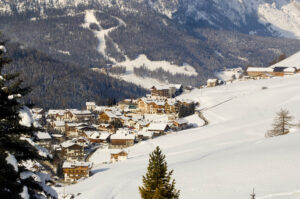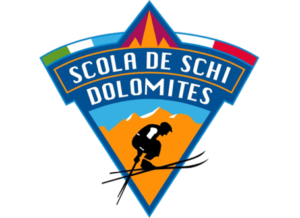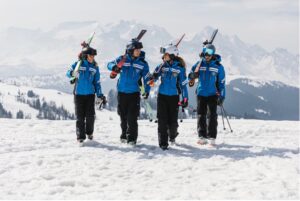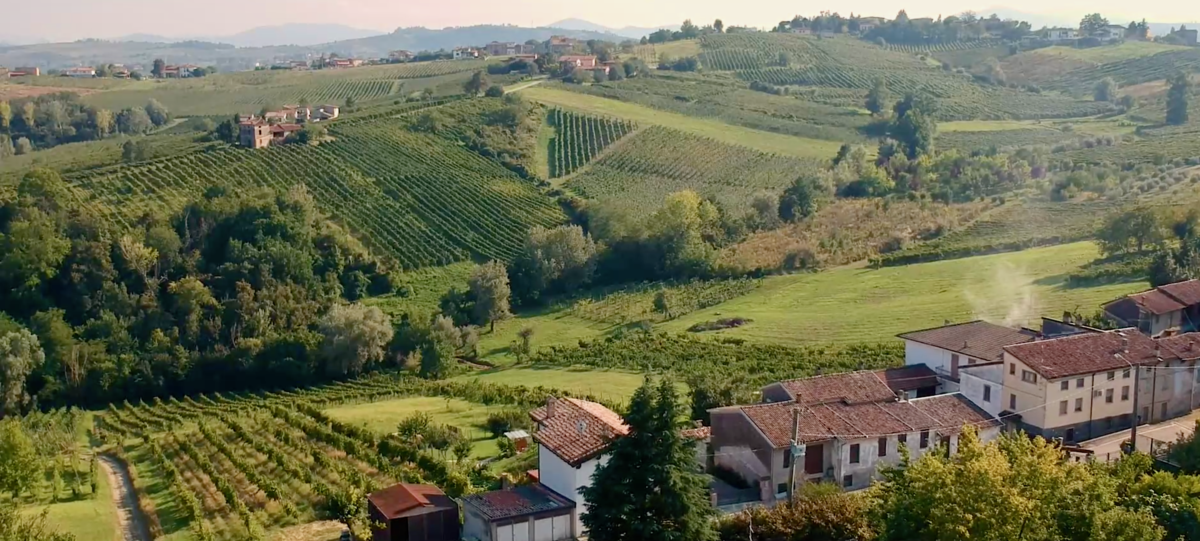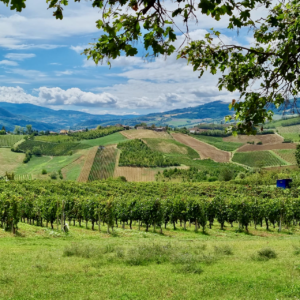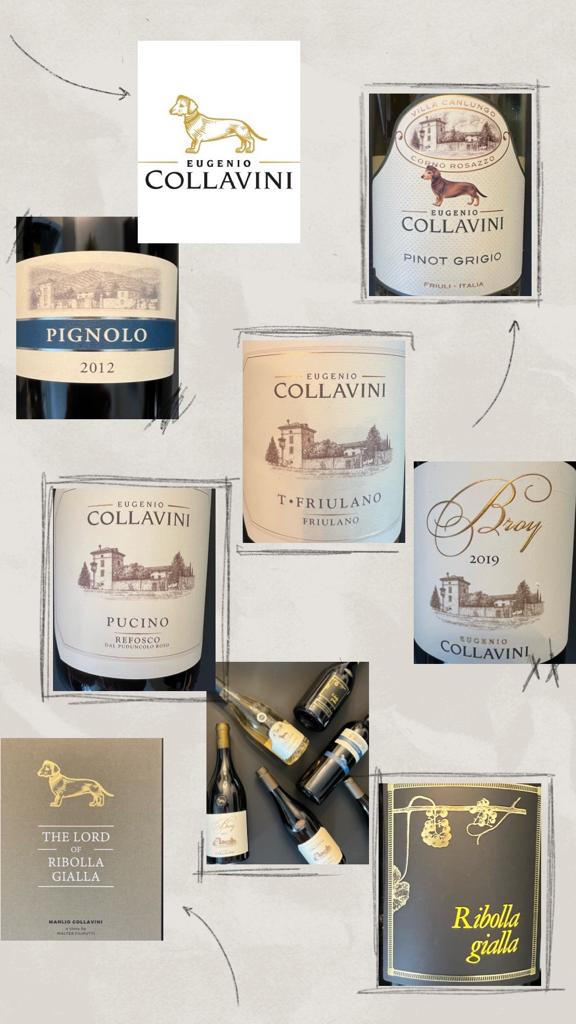Trentino (the province of Trento) and Alto Adige (the more northerly province of Bolzano, also known as the South Tyrol or Südtirol, bordering Austria, unified to Italy in 1919, after World War I, share a range of fragrant white wines and German-accented syllables. Both Trentino and the Alto Adige produce notable amounts of the popular Pinot Grigio, Chardonnay, and Sauvignon, as well as Pinot Bianco, and Riesling. While the more aromatic Müller-Thurgau, Moscato, Sylvaner and Gewürztraminer, which is said to take its name from Alto Adige village of Tramin, can be enticingly perfumed and unexpectedly age-worthy.
One main distinction between Trentino and Alto Adige is that production in Alto Adige comes mainly from small family-owned estates that sell their wines locally with limited exports to Germany and Austria. Trentino on the other hand counts on a large number of growers, and members of large cooperatives, such as Cavit and Mezzacorona. These popular wines have found their niche, both in Italy and abroad, among wine drinkers who look for reasonably good and affordable wines for daily enjoyment.
Alto Adige is divided by its waterways, the Adige River and the Isarco River, thus creating two valleys. The vineyards are dotted around the banks of the rivers rising from an altitude of 200 to 1,000 meters into the hills. Bolzano to Trento is an easy 60km and indications are well signposted with good restaurants, hotels and excellent wineries on the way.
Cooperatives in Trentino-Alto Adige, go as far back as the Hapsburg Empire and are quite common representing the lion’s share of production. Cooperative farming in Trentino-Alto Adige played a fundamental role, its success stems from the necessity to create an effective economic system for the region’s fragmented farming industry, including that of viticulture, the average grape grower owns little more than 1ha, and most vineyards rise up the mountainsides as spectacular steep terraced vineyards, some still using the ‘pergola’ system.
Cantina Terlano (www.kellerei-terlan.com), a cooperative founded in 1893, just above Bolzano at Terlano is one of the best expressions of ‘heroic vineyards’ in Alto Adige producing exquisite white wines, in particular its Pinot Blanc from the terraced Vorberg vineyards. Well worth the drive to visit the vineyards above Terlan.
Cantina Girlan (www.girlan.it) has built up a leading position as a Pinot Noir producer – with wines of great character and remarkable elegance. In the last few years, Cantina Girlan set itself still higher goals and conducted a search for a single site capable of producing an outstanding Pinot Noir combining an international standard of quality with the authenticity of the terroir. The choice finally made was a monopole site by the name of Ganger, home of the Pinot Noir Riserva Vigna Ganger.
Cantina Nals Margreid (www.kellerei.it)is a “star on Alto Adige’s wine scene. Their wines have received the highest accolades from prestigious wine publications, including Wine Enthusiast, Wine and Spirits, Wine Spectator and James Suckling. Their whites are particularly interesting, exhibiting an intense minerality and acidity.
Termeno or Tramin is home to Martin Foradori’s family estate, Hostätter, (www.hofstatter.com) one of Alto Adige’s historic estates established in 1907 especially to experience the zesty aromatic Gewurtztraminer of Tramin, his majestic single vineyard Pinot Noir Barthenau, Vinga S. Urbano is where Itlay’s best Pinot noir comes from 100-year-old vines of the Mazzon site, as well as home to local Lagrein. Bolzano is one of Alto Adige’s top areas for red wines, including the light indigenous Schiava wines. The surrounding chain of mountains creates a perfect microclimate characterized by warm summers protecting the vines, giving good ripeness.
As you reach Trentino, I suggest you visit the family-run Endrizzi estate (www.endrizzi.it). A beautiful old family house and estate at San Michele all’Adige producing some authentic indigenous and elegant varietal wines such as Pinot Grigio, Nosiola, Müller Thurgau in the whites and Teroldego Rotaliano, Lagrein, in the reds. Top bottling includes their Masetto range. The estate has a well-stocked shop and a nice setting for a light snack.
Elisabetta Foradori’s (www.elisabettaforadori.com) a family-run certified biodynamic estate at Mezzolombardo, well worth a visit, produces indigenous wines from Teroldego, Pinot Grigio, Nosiola and Manzoni Bianc. Elisabetta is sought out for her Teroldego, characterized by its deep granite hue and soft tannins. Her cellar with its hand-crafted amphorae which come all the way from an artisan in Spain is a must to see and a tasting with Elisabetta is a wonderful experience as she explains the importance of biodiversity in winemaking.
Trentino, which pioneered sparkling wine made by the classic method early in the century, has retained its leading position and these sparklers are now grouped under Trentodoc appellation. They are predominantly Chardonnay based, and the extensive amounts of Chardonnay in Trentino’s vineyards reflects the importance of this production. Today a fair amount of Pinot Noir is also used in Trentodoc production. A visit to Ferrari, (www.cantineferrari.it) one of the oldest sparkling estates is a real eye-opener to premium Italian sparkling wines. If you have the time stop at the one starred Michelin Locanda Margon and then visit the family’s jewel which is Villa Margon.
South of Trento two distinctively different estates show up for the quality of their wines. The first near Volano is home to Eugenio Rosi, a controversial, yet authentic production of the indigenous Marzemino wine, showing a fruity vibrant character, very enjoyable and versatile. Slightly further south near Avis is Tenuta San Leonardo estate (www.sanleonardo.it), home to one of Italy’s premium age-worthy Bordeaux-style blends of extreme elegance and harmony. Top bottling Villa Gresti is a selection of 90% Merlot with 10% Carmenère. This is another must, as the estate is comprised a large parkland and houses an interesting museum of farm machinery and tools, but above all the family Marchesi Guerrieri Gonzaga if in house are absolutely delightful hosts.
About Michèle Shah
Michèle Shah has championed and promoted Italian wines for more than 30 years. A noted marketer, writer, communicator and judge, she works with producers across Italy. She is passionate about bringing the quality and diversity of authentic Italian wine to an international audience: her “Speedtasting®” b2b tastings have helped hundreds of producers find new export markets. Her clients include the Consorzi of both famous and emerging Italian wine denominations. A great lover of Italian gastronomy and heritage, Michele also organises wine tours for businesses and enthusiasts. These allow her to share her infectious love for Italian culture, deep wine knowledge, and connections with many inspiring figures in Italian wine.

![Wine in Trentino Alto Adige, A Taste of the Dolomites – by Michele Shah [Part ll]](https://www.liz-palmer.com/wp-content/uploads/2023/04/Wine-in-Trentino-1200x960.png)
![The Magical flavors of the Dolomites – Fine Dining by Michele Shah [Part l]](https://www.liz-palmer.com/wp-content/uploads/2023/04/Dolomites_social.1-1200x960.png)
